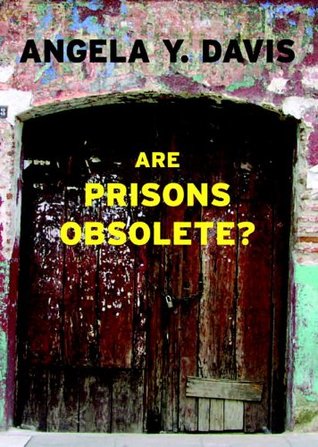More on this book
Community
Kindle Notes & Highlights
This is a measure of how difficult it is to envision a social order that does not rely on the threat of sequestering people in dreadful places designed to separate them from their communities and families. The prison is considered so “natural” that it is extremely hard to imagine life without it.
The gravity of these numbers becomes even more apparent when we consider that the U.S. population in general is less than five percent of the world’s total, whereas more than twenty percent of the world’s combined prison population can be claimed by the United States.
There are now more women in prison in the state of California than there were in the entire country in the early 1970s.
Why were people so quick to assume that locking away an increasingly large proportion of the U.S. population would help those who live in the free world feel safer and more secure? This question can be formulated in more general terms. Why do prisons tend to make people think that their own rights and liberties are more secure than they would be if prisons did not exist?
People wanted to believe that prisons would not only reduce crime, they would also provide jobs and stimulate economic development in out-of-the-way places.
While a relatively small proportion of the population has ever directly experienced life inside prison, this is not true in poor black and Latino communities. Neither is it true for Native Americans or for certain Asian-American communities.
We thus think about imprisonment as a fate reserved for others, a fate reserved for the “evildoers,” to use a term recently popularized by George W. Bush. Because of the persistent power of racism, “criminals” and “evildoers” are, in the collective imagination, fantasized as people of color. The prison therefore functions ideologically as an abstract site into which undesirables are deposited, relieving us of the responsibility of thinking about the real issues afflicting those communities from which prisoners are drawn in such disproportionate numbers. This is the ideological work that the
...more
Mass imprisonment generates profits as it devours social wealth, and thus it tends to reproduce the very conditions that lead people to prison.
almost two-thirds of existing prisons were opened during the eighties and nineties.
if the penitentiary’s internal regime resembled that of the plantation so closely that the two were often loosely equated, how could the prison possibly function to rehabilitate criminals?”


